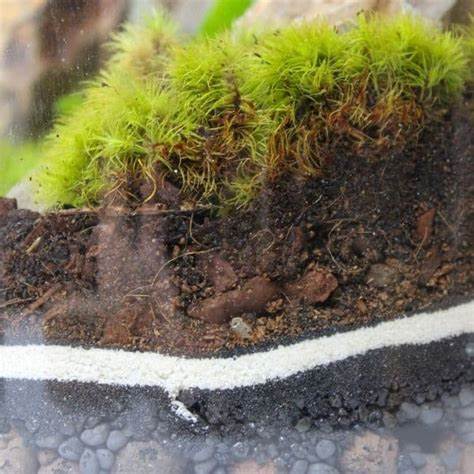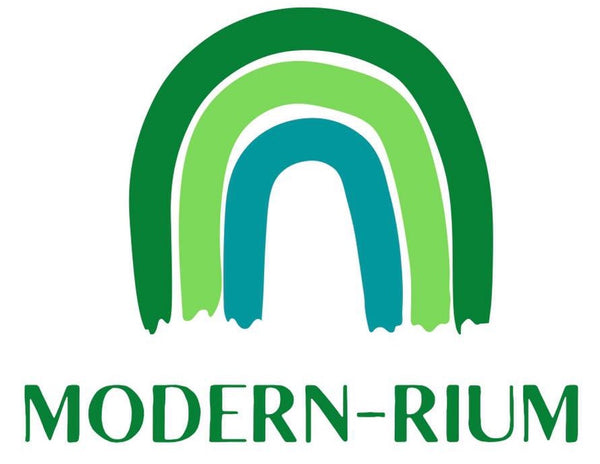
The standard soil structure in Terrarium (Gravel - Charcoal - Soil - Moss)
Danny PhamShare
Creating a thriving terrarium begins with understanding the importance of substrate layering. Each layer plays a vital role in maintaining moisture balance, preventing root rot, and supporting plant health. Here's a guide to the essential layers in a typical terrarium:

1. Drainage Layer (Gravel or LECA)
The bottom layer consists of small stones, gravel, or Lightweight Expanded Clay Aggregate (LECA). This layer allows excess water to drain away from the soil, preventing waterlogging and root rot.
2. Activated Charcoal Layer
Placed above the drainage layer, activated charcoal helps filter impurities, toxins, and odors from the water, keeping the terrarium environment fresh and reducing the risk of mold and bacteria.
3. Soil Layer
This is the primary layer where plants root and grow. A suitable soil mix provides nutrients and retains moisture while allowing proper drainage. The choice of soil depends on the plant species; for instance, succulents require a well-draining mix, while tropical plants prefer moisture-retentive soil.
4. Moss Layer
Adding a layer of sphagnum moss on top of the soil can help retain moisture and add aesthetic appeal. Moss also acts as a natural barrier, preventing soil from shifting and keeping the terrarium looking neat.
By carefully assembling these layers, you create a stable and healthy environment for your terrarium plants to thrive. Remember to choose materials that suit the specific needs of your chosen plants and to monitor moisture levels regularly.
 is here! Shop now, pay later in 4 easy installments
is here! Shop now, pay later in 4 easy installments













